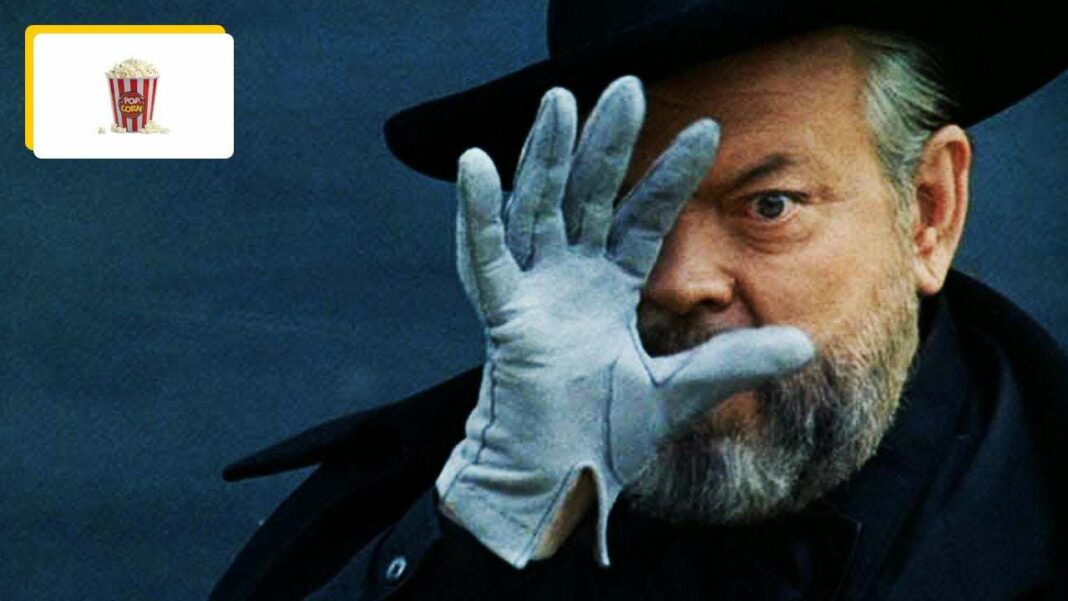Orson Welles, renowned for Citizen Kane, had a surprising link to the adult film industry when he edited a lesbian scene in the 1975 film 3 A.M. This revelation is explored in Josh Karp’s book about Welles’ later career, particularly his ambitious yet troubled project, The Other Side of the Wind. As Welles struggled to regain his footing in Hollywood after years in exile, he collaborated with cinematographer Gary Graver, who was involved in adult films to support his family.
Unveiling a Hidden Chapter of Orson Welles’ Career
It may come as a surprise to many, but the legendary filmmaker behind Citizen Kane, Orson Welles, has an unexpected connection to the adult film industry. In 1975, Welles took on the editing of a scene featuring lesbian romance in a pornographic movie titled 3 A.M. This little-known anecdote sheds light on a fascinating aspect of Welles’ career that few are aware of.
Welles’ Return to the Cinematic Spotlight
To grasp the significance of this connection, we must delve into the narrative presented by author Josh Karp in his 2015 book, The Making Of The Other Side of the Wind: Orson Welles’s Last Movie. In the summer of 1970, Welles made a much-anticipated return to the United States after a prolonged self-imposed exile in Europe. In the eyes of Hollywood, he had become a pariah, struggling with weight issues and a fading reputation. Determined to reclaim his place in the film industry, Welles aimed to demonstrate that he was far from finished, coinciding with the rise of New Hollywood and its independent filmmakers.
Welles embarked on the ambitious project titled The Other Side of the Wind, which chronicles the final 24 hours of a director’s life. Although he insisted the film wasn’t autobiographical, many questioned that assertion. Notably financed by Medhi Bousheri, the brother-in-law of the Shah of Iran, the project was initially intended to be completed in just eight weeks. However, it ultimately consumed 12 years of Welles’ life and remained unfinished, overshadowing even the troubled production of Terry Gilliam’s Don Quixote.
Throughout this lengthy endeavor, Welles tirelessly revised the script, often working late into the night. The film, which was gradually filmed as funding became available, earned a cynical moniker in Hollywood: ‘the greatest personal film that no one has ever seen.’
The Unexpected Intersection with 3 A.M.
The connection between Welles and the adult film 3 A.M. lies with Gary Graver, the director of photography for The Other Side of the Wind. As Welles faced financial difficulties in paying his crew, Graver took on side projects in the adult film industry to support his family. Frustrated by the time Graver dedicated to these erotic films, Welles offered to assist by editing a scene for him. This scene featured a lesbian couple in a shower, accompanied by an intriguing musical score. One of the actresses, Georgina Spelvin, later expressed her delight to film historian Joseph McBride, noting how thrilled she was that Welles had contributed his editing expertise to her intimate sequence.
Interestingly, Welles was not known for incorporating sexuality in his films. In a 1970 interview with David Frost, he articulated his perspective, stating, ‘the problem is ecstasy, pleasure, which cannot be communicated by a couple, or whatever the combination of people. Unless that ecstasy is real. Ecstasy is not something that can be transcribed on screen.’
